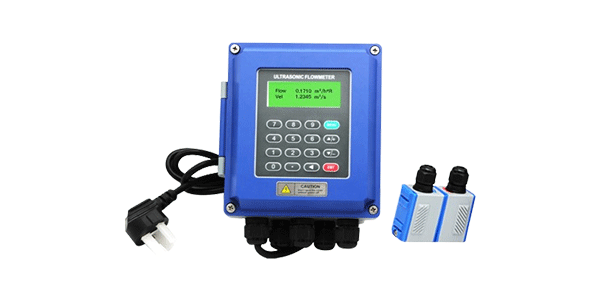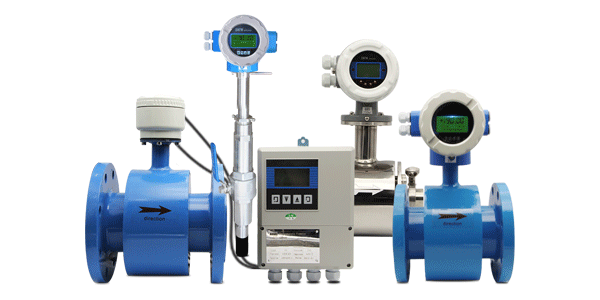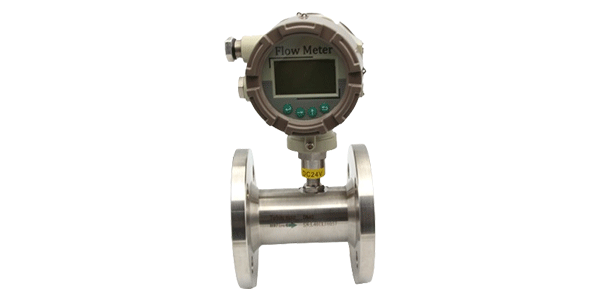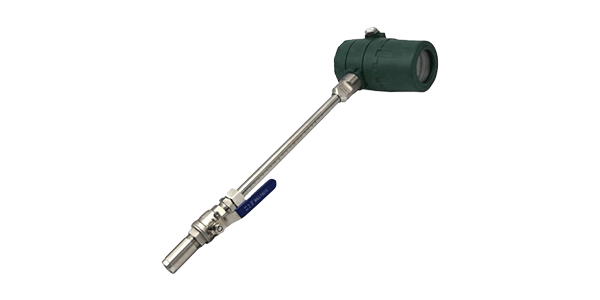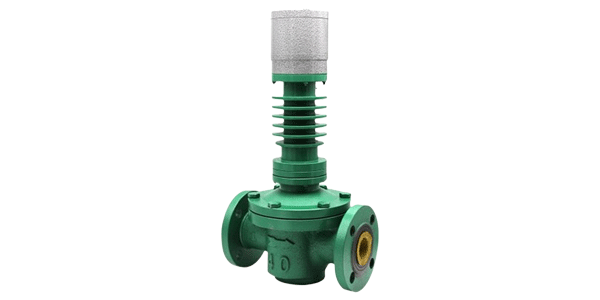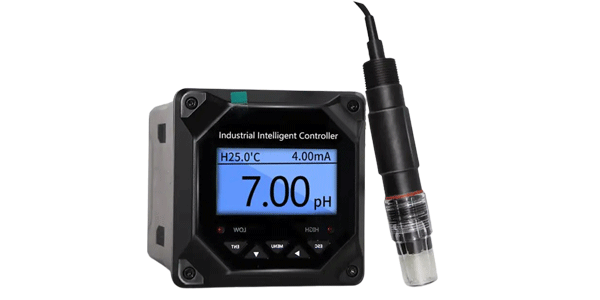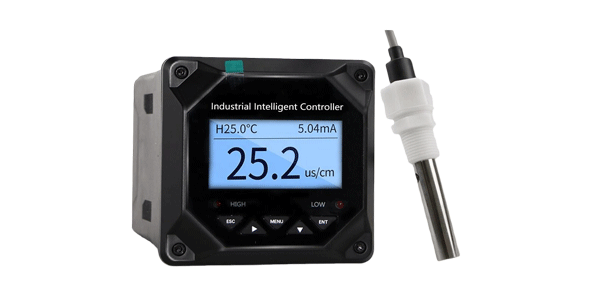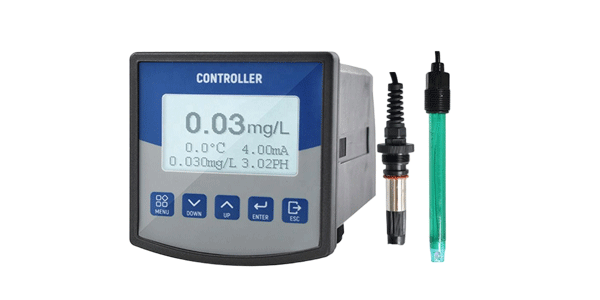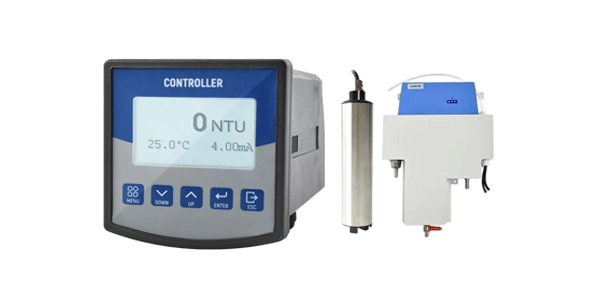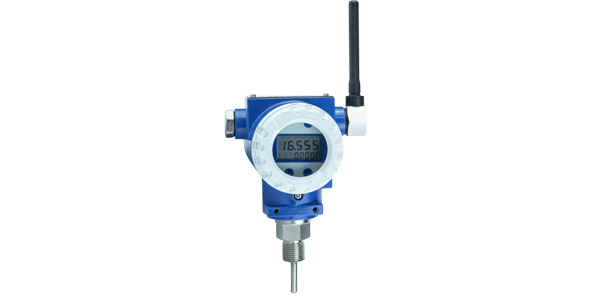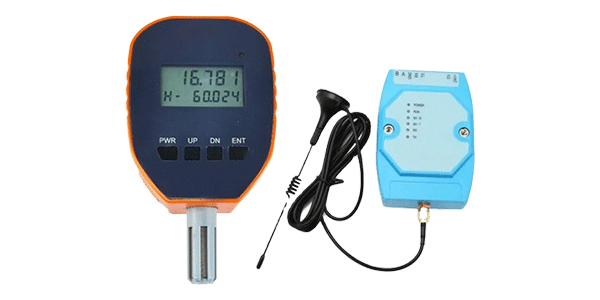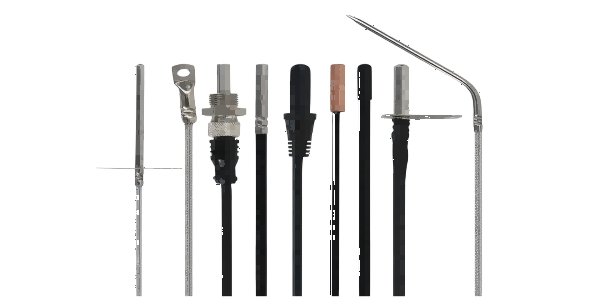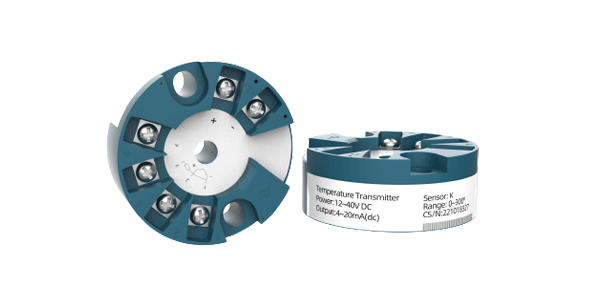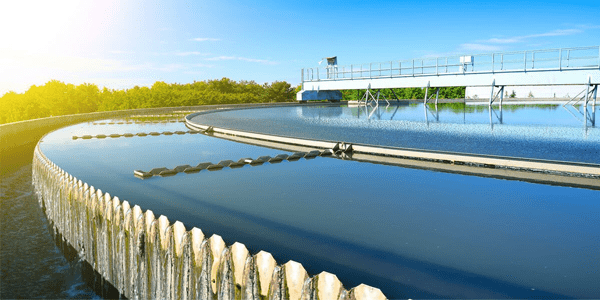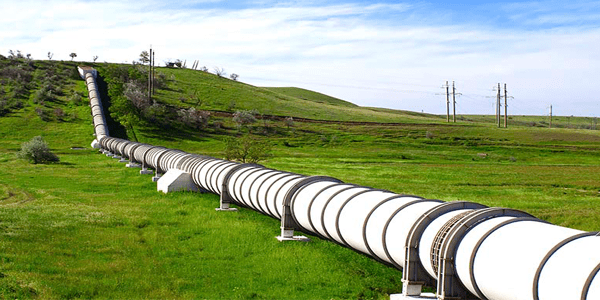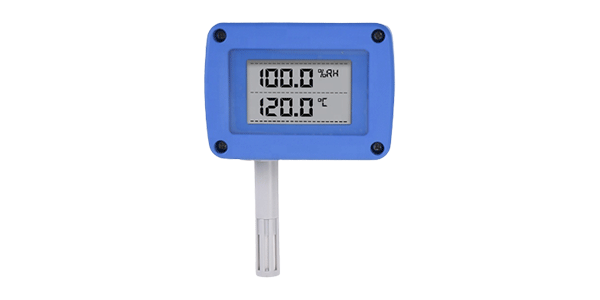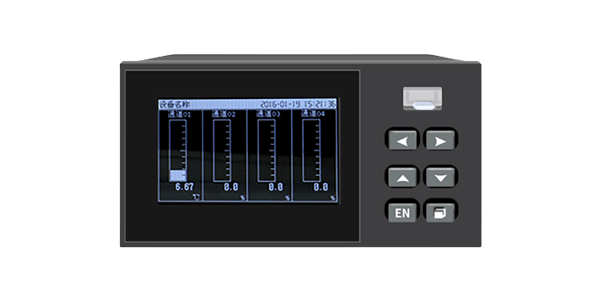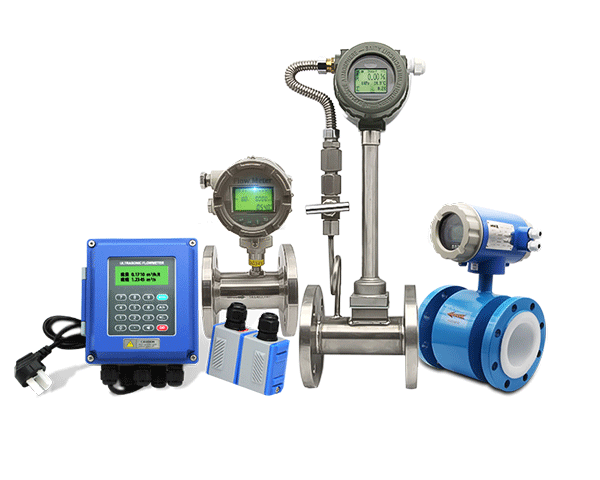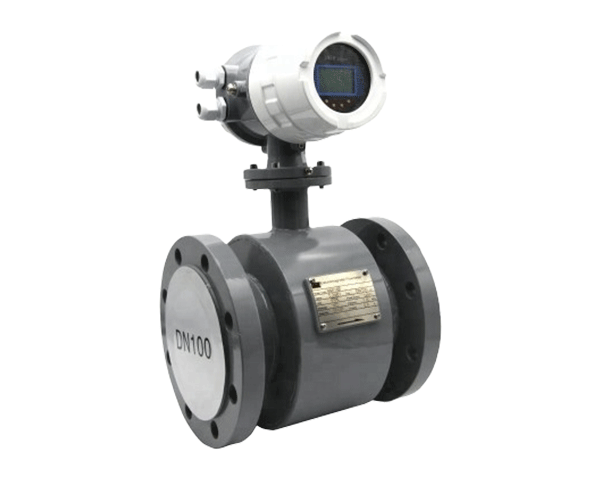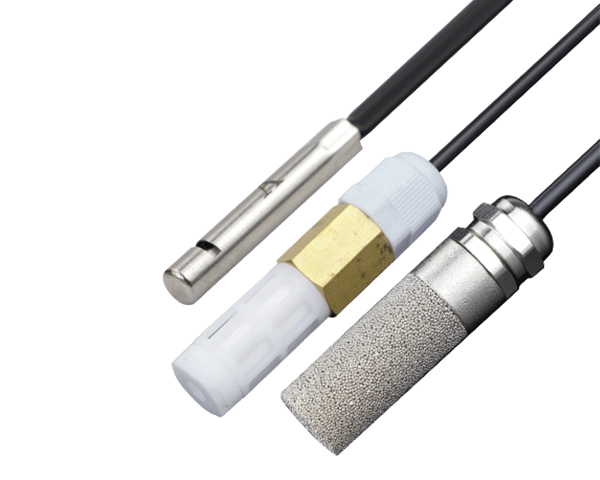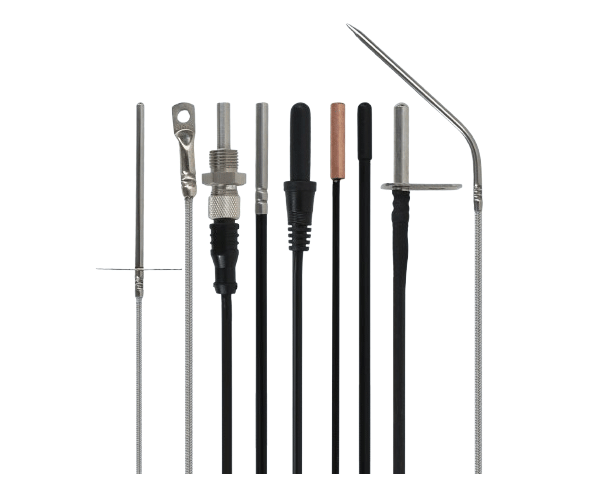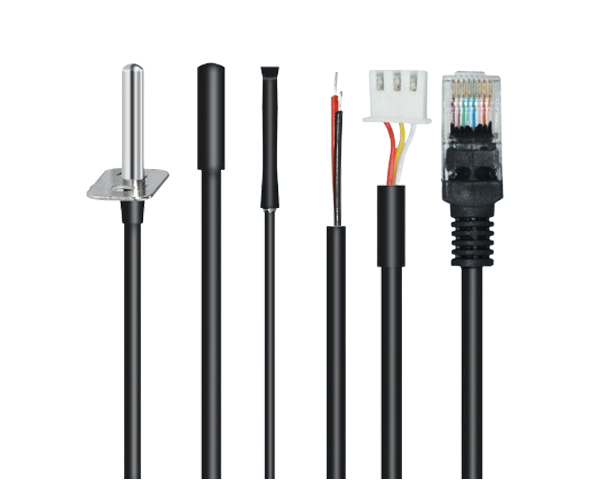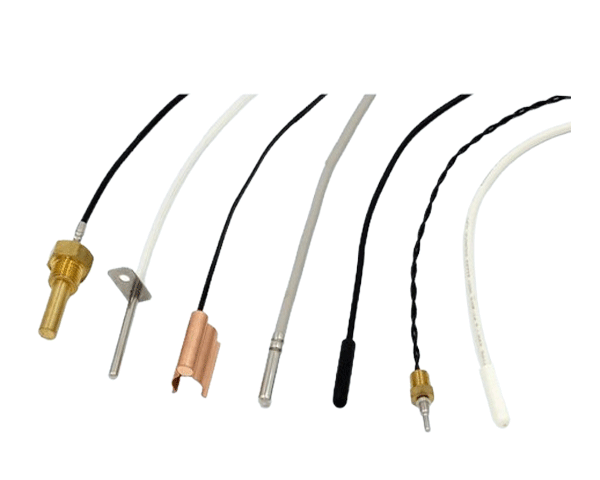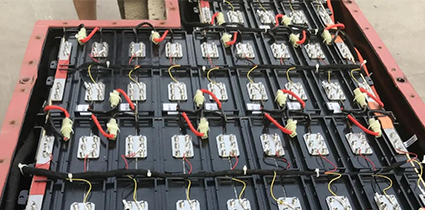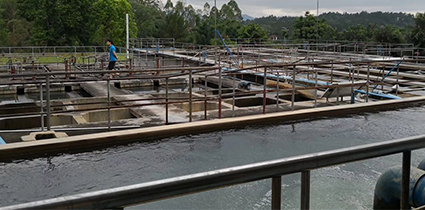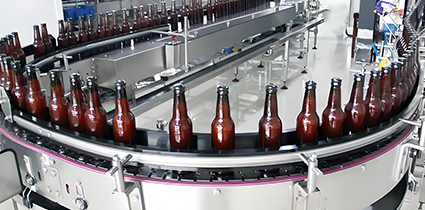The Challenge of Electroplating Wastewater Treatment
Electroplating wastewater refers to wastewater generated during the surface electroplating process that contains pollutants such as metal ions, organic matter, acids and alkalis. It has complex ingredients and strong toxicity, and is harmful to the environment and human health. Therefore, it is necessary to select appropriate treatment methods according to the specific composition and concentration of wastewater to ensure that the wastewater treatment effect meets the discharge standards and protects the environment and human health.
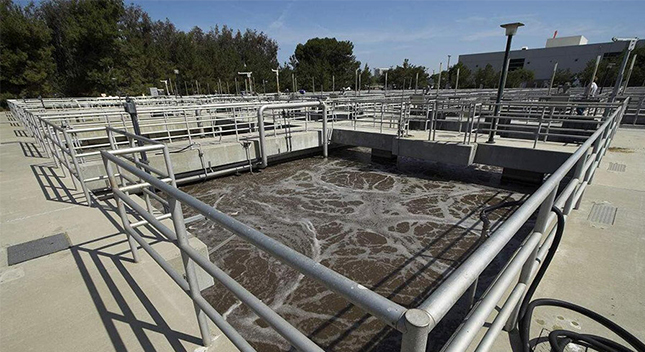
Critical Parameters for Electroplating Wastewater Compliance
Effective treatment and regulatory compliance depend on the continuous monitoring of the following key parameters throughout the process.
1. pH Level
pH value is an important indicator to measure the acidity and alkalinity of wastewater. By monitoring the pH value, the pH value in the wastewater treatment process can be effectively controlled, the treatment efficiency can be improved, and environmental pollution can be reduced. According to the discharge requirements of electroplating wastewater, the pH value should range from 6 to 9 pH.
2. Temperature
Temperature is one of the important indexes that affect the degradation rate of organic matter, microbial activity and chemical reaction rate in electroplating wastewater. Reasonable temperature control can improve the efficiency of wastewater treatment, reduce energy consumption, and ensure that the wastewater treatment effect is up to standard. In general, the temperature of electroplating wastewater is controlled at 15-35 °C.
3. Suspended Solids (SS)
Suspended solids refer to solid particulate matter suspended in water. By monitoring suspended matter, the electroplating wastewater treatment process can be optimized in a timely manner, the removal efficiency of suspended matter can be improved, the treatment cost can be reduced, and the stable operation of the wastewater treatment system and the compliance of wastewater discharge can be ensured.
4. Chemical Oxygen Demand (COD)
COD is a key indicator for measuring the degree of organic pollution in water bodies. Monitoring COD helps to assess the degree of wastewater pollution, adjust treatment process parameters, and thus improve wastewater treatment efficiency and reduce treatment costs, thereby achieving effective wastewater treatment and environmental protection. Usually, the COD discharge standard for electroplating plant wastewater is ≤1000mg/L.
5. Biochemical Oxygen Demand (BOD)
BOD is a key indicator of the biodegradability of organic matter in wastewater. Monitoring BOD helps to evaluate the biodegradability of organic matter in wastewater, the degree of pollution and the effect of biological treatment, and provides an important basis for adjusting treatment process parameters to achieve effective wastewater treatment and environmental protection. Usually, the BOD discharge standard for electroplating plant wastewater is ≤300mg/L.
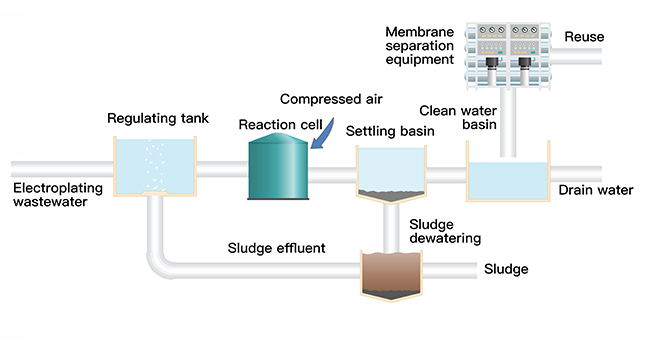
Advanced Monitoring System for Electroplating Wastewater Management
GAIMC provides integrated online monitoring solutions tailored for the harsh conditions of electroplating wastewater. Our robust sensors and analyzers provide real-time, accurate data on critical parameters, enabling precise control of treatment processes such as chemical dosing, precipitation, and biological treatment. Data is seamlessly transmitted to your control room or cloud platform via RS485 or wireless modules, facilitating remote monitoring, automated reporting for regulatory compliance, and data-driven optimization to ensure consistent discharge standards are met while minimizing operational costs.
